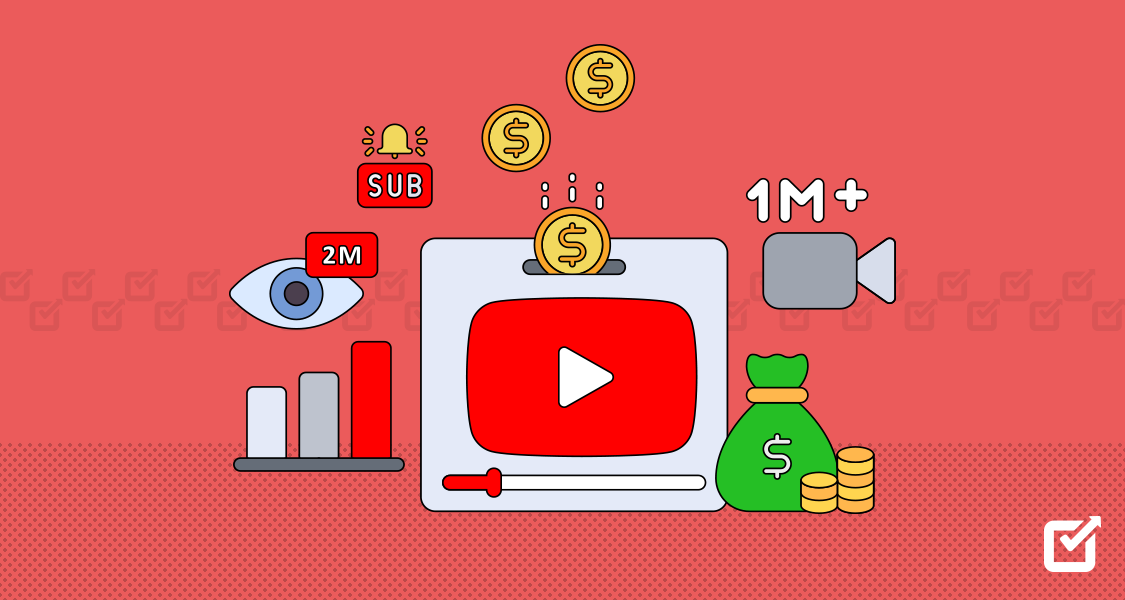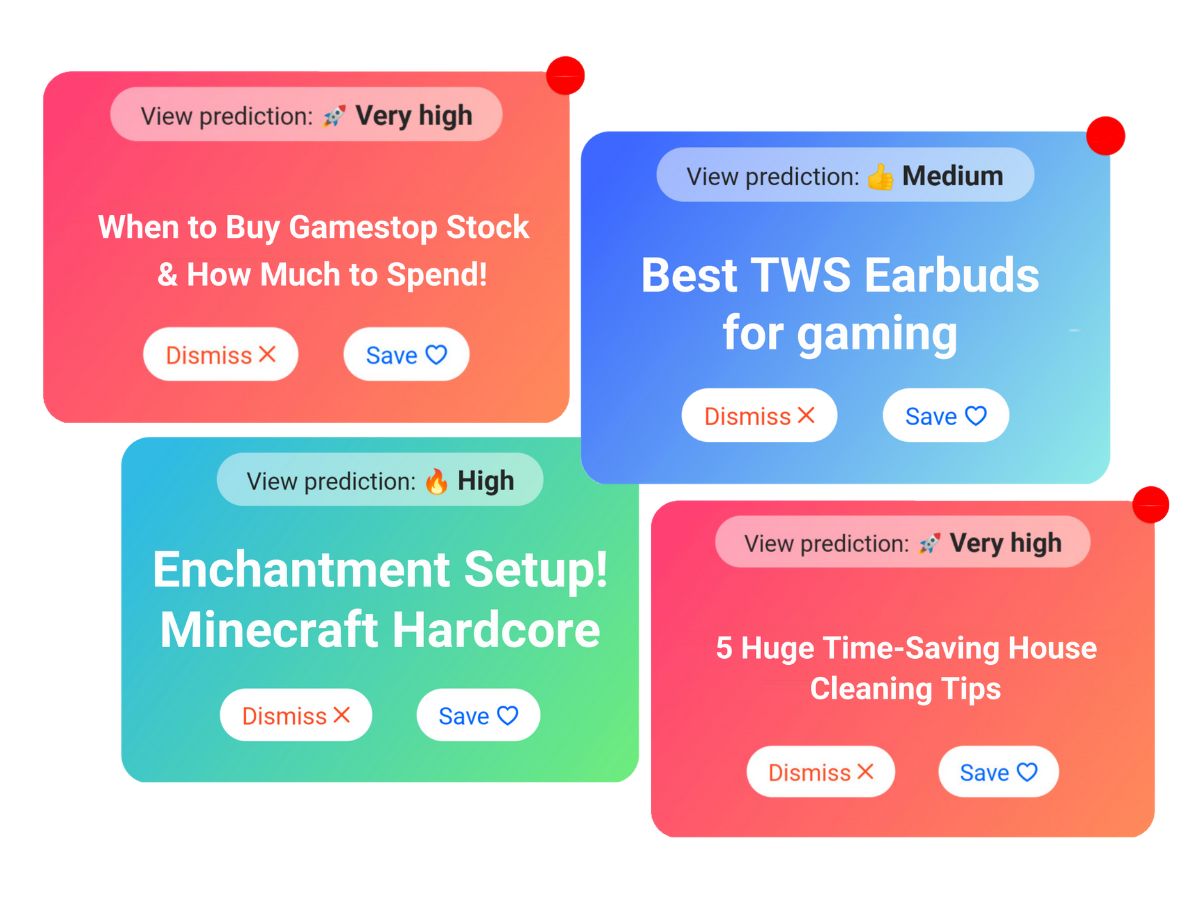
Understanding YouTube Monetization
YouTube monetization refers to the various methods through which content creators can earn revenue from their videos on the platform. As a widely popular video-sharing service, YouTube offers creators numerous opportunities to generate income through advertising, subscription services, and merchandise sales, among other methods. One of the most common forms of monetization on YouTube is through Google AdSense, which allows creators to display ads on their videos. Revenue is generated based on the number of views or clicks these ads receive, integrating directly with YouTube’s advertising ecosystem.
Key metrics in YouTube monetization include Cost Per Mille (CPM) and Revenue Per Mille (RPM). CPM is the amount advertisers are willing to pay for a thousand ad impressions, while RPM indicates the estimated revenue earned per thousand views after YouTube takes its share. Understanding these metrics enables creators to analyze their earning potential and optimize content for better engagement and higher monetization rates. For example, content that attracts a more targeted audience or engages viewers for longer periods may yield higher CPM rates.
However, not all creators can monetize their content right away. YouTube has set specific eligibility criteria for monetization within its Partner Program. To qualify, a channel must accumulate at least 1,000 subscribers and achieve 4,000 watch hours within the past 12 months. This requirement encourages creators to produce meaningful and engaging content that resonates with viewers, thereby improving the quality of offerings on the platform. Other monetization options include channel memberships, Super Chat during live streams, and merchandise shelf integration, which further diversify income streams. Understanding these options and requirements is crucial for aspiring YouTube creators aiming to maximize their earning potential.
Ways to Earn Money on YouTube
YouTube monetization provides creators with multiple avenues to earn revenue from their content, making it an attractive platform for aspiring and established content creators alike. The most common method is through traditional ad revenue generated from YouTube Ads. To utilize this option, creators must apply for the YouTube Partner Program, which requires meeting specific eligibility criteria, including having at least 1,000 subscribers and 4,000 watch hours within the last year. Once approved, creators can display ads on their videos and earn a share of the revenue generated based on views and interactions.
Another method to generate income is through channel memberships. This feature allows viewers to become members by paying a monthly fee, granting them access to exclusive content, emojis, and badges. Setting this up is straightforward through the YouTube Studio dashboard, where creators can define membership tiers and associated perks. The potential earnings from channel memberships can be substantial, especially for creators with a loyal fan base.
Live stream interactions also provide monetization options through Super Chats. During live streams, viewers can pay to have their messages highlighted in the chat, making it a popular way for fans to engage with creators in real-time. Super Chats not only enhance viewer experience but can also lead to significant earnings depending on the audience’s level of engagement.
Furthermore, YouTube allows creators to integrate a merchandise shelf directly on their channel. This feature enables users to promote their branded merchandise, providing an additional revenue stream. Creators can link their merchandise from various providers, and when viewers purchase through the shelf, creators earn a profit.
Sponsored content is yet another effective way to monetize a YouTube channel. Many brands seek partnerships with influencers to promote their products, providing creators with both financial compensation and promotional opportunities. Building a robust audience can significantly increase the potential earnings from sponsored collaborations, as brands are often willing to invest more in channels with strong engagement and reach.
Creating Monetizable Content
In today’s digital age, YouTube has become a prominent platform for content creators to share their passions and potentially profit from their efforts through YouTube monetization. To successfully turn your channel into a source of income, it is essential to focus on creating content that attracts views and fosters engagement. This begins with careful niche selection; identifying a specific area of interest that aligns with your expertise and resonates with your target audience is crucial. Popular niches might include technology reviews, lifestyle vlogs, educational content, or gaming. By concentrating on a niche, you can cultivate a dedicated viewership more likely to engage with your content.
Consistency in content creation is also vital for growth in the YouTube ecosystem. Establishing a regular posting schedule helps maintain audience interest, encouraging subscribers to return for new content. Whether you choose to post weekly, bi-weekly, or monthly, sticking to your schedule is instrumental in building a loyal subscriber base that intersects with effective YouTube monetization efforts.
Search Engine Optimization (SEO) strategies play a significant role in increasing your channel’s visibility. By incorporating relevant keywords into your video titles, descriptions, and tags, you can enhance the likelihood of your content appearing in search results. This optimization should be paired with captivating thumbnails and titles that encourage clicks. Higher engagement rates—measured by views, likes, and shares—signal the YouTube algorithm to promote your content more broadly, which is beneficial for monetization.
Interacting with your audience through comments and social media can further deepen the connection between creators and their viewers. Promptly responding to comments and engaging in discussions fosters a sense of community, encouraging repeat visits and viewership. Additionally, investing in video quality, including clear audio, concise editing, and visually appealing graphics, can significantly enhance viewer experience and retention. Combining these practices will maximize your channel’s monetization potential in the competitive landscape of YouTube.
Navigating YouTube Policies and Challenges
YouTube, as one of the leading platforms for content creation, has established a series of policies that creators must understand and adhere to in order to maintain their monetization status. Central to these guidelines are the YouTube Community Guidelines, which outline what constitutes acceptable content. Violating these guidelines can lead to video removals or channel demonetization. Hence, it is imperative for creators to familiarize themselves with the rules regarding hate speech, harassment, and misinformation, and to ensure that their content aligns with these standards.
Copyright issues also play a significant role in YouTube monetization challenges. Creators must ensure that the music, images, or videos they use do not infringe on someone else’s intellectual property. Utilizing royalty-free or original content, and seeking proper permissions, is crucial for avoiding copyright strikes that could adversely affect monetization eligibility. Additionally, creators should periodically review their content for compliance and rectify any potential violations before they are flagged by YouTube.
Another challenge confronted by creators involves the persistent changes to the YouTube algorithm. These modifications can significantly impact viewership and, consequently, revenue. Adapting to algorithm shifts requires vigilance and strategy; creators should focus on producing high-quality content that resonates with their audience. Engaging with viewers through comments and community posts can help foster loyalty, which is essential for sustained growth on the platform.
Lastly, competition in the YouTube landscape is increasingly fierce. To stand out, creators must cultivate their unique voice and niche. This could involve specializing in a specific genre, employing innovative storytelling techniques, or collaborating with other creators. By remaining adaptable and resilient, YouTube creators can navigate these challenges effectively, ensuring their presence and profitability on the platform.



